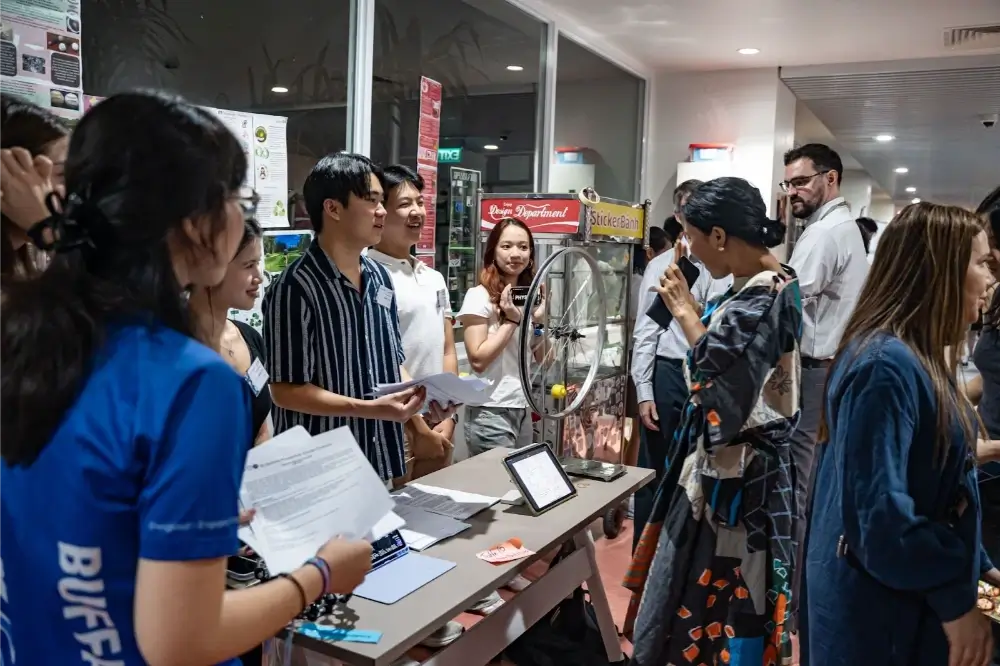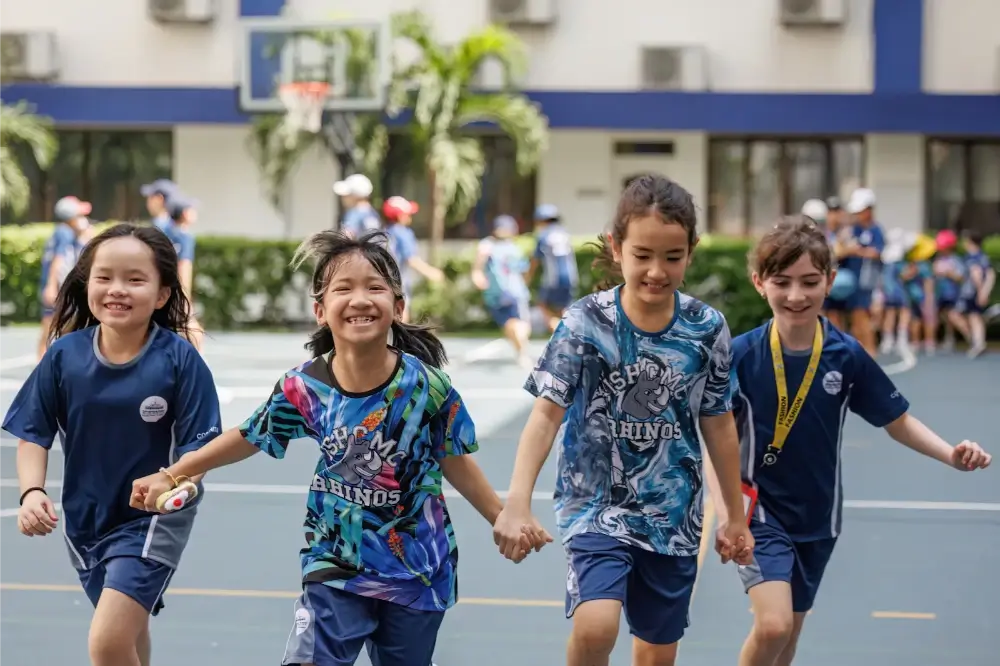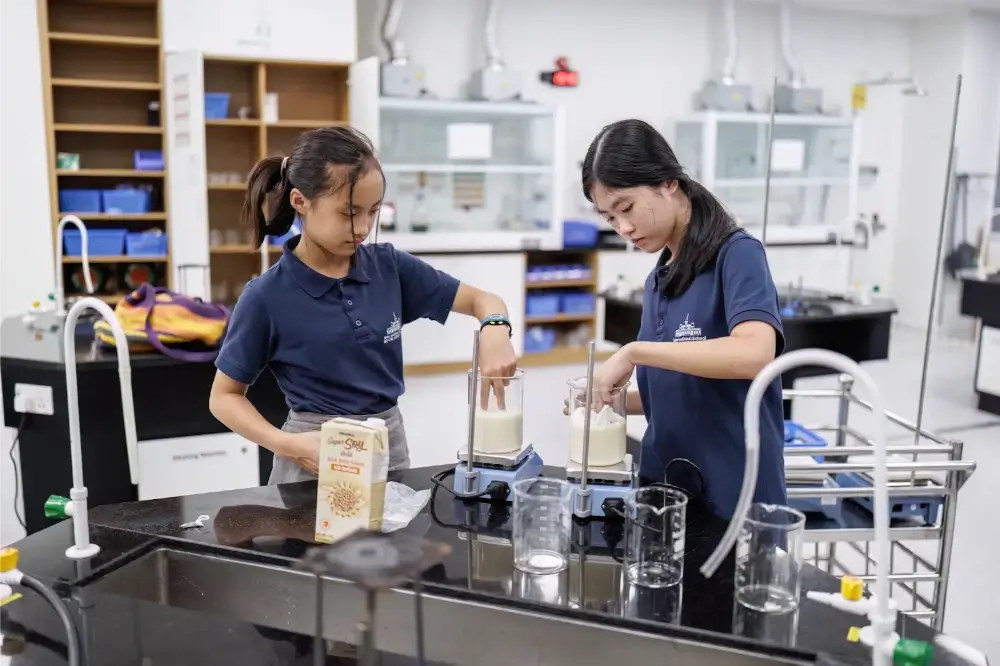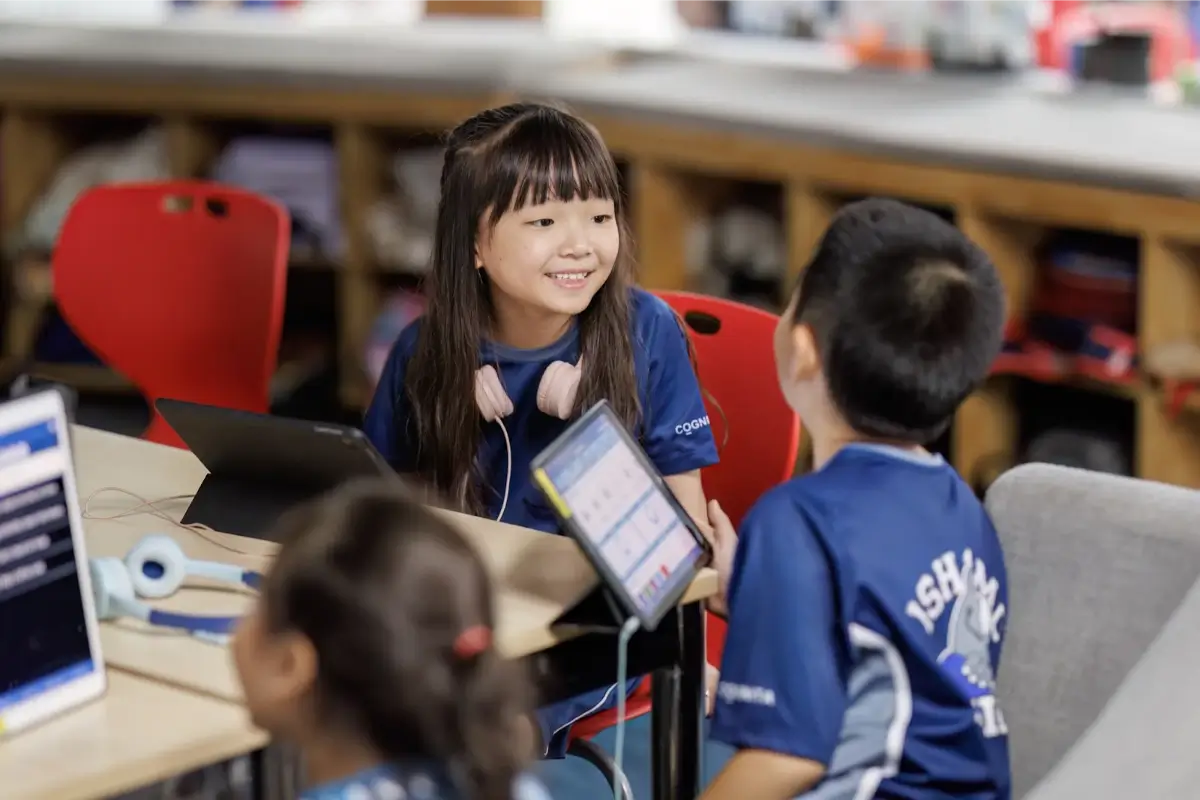How to Promote Wellbeing in the Classroom: 7 Key Strategies
Promoting well being in the classroom begins with creating a space where students feel safe, capable, and valued. Classrooms that support well being do not wait for signs of distress. They build strong foundations where students can participate confidently, regulate their emotions, and develop meaningful relationships.
Globally, educators are placing greater importance on emotional well being and student development. While academic outcomes remain essential, the conditions that support those outcomes are increasingly prioritised. Schools such as the International School Ho Chi Minh City (ISHCMC) have embedded well being into every aspect of teaching and learning. Through the International Baccalaureate programme and its whole child philosophy, ISHCMC offers an effective model that balances academic success with personal development.
Below are seven actionable strategies used by schools like ISHCMC to support student well being in the classroom.
1. Make Social Emotional Learning a Daily Practice
Social Emotional Learning, referred to as SEL, equips students with the tools to understand emotions, manage challenges, and build positive relationships. These capabilities shape how they interact with others, respond to pressure, and work collaboratively.
Classrooms integrating SEL use it consistently rather than treating it as an isolated subject. This can include:
- Morning check-ins to help students identify and share their emotional state
- Daily reflection circles that encourage empathy and group listening
- Structured peer interaction that builds respectful communication
At ISHCMC, SEL is embedded into classroom instruction through the Approaches to Learning framework. Students develop essential self-management, social, and communication skills across academic subjects. Teachers use inquiry-driven tasks to encourage emotional awareness and reflection as part of the learning process.
2. Empower Students with Voice and Choice
When students participate in decision making and have autonomy in how they learn, they take greater responsibility and feel more connected to the outcomes. This sense of ownership builds confidence, resilience, and motivation.

Classroom practices that support student agency include:
- Offering topic or format choices in assignments
- Allowing flexible approaches to presenting research or group findings
- Inviting students to co-create classroom agreements and project goals
ISHCMC incorporates student choice across all levels. In the Primary Years Programme (PYP), children shape the direction of their inquiries. In the Middle Years and Diploma levels, students explore real issues through personal projects, interdisciplinary subjects, and independent study. This consistent attention to agency supports personal growth alongside academic progress.
3. Strengthen Teacher Student Relationships
Students perform better when they trust their teacher and feel understood. Relationships built on respect and consistency create an environment where students can take risks and express concerns without hesitation.
Teachers who build positive relationships:
- Schedule individual check-ins to discuss student progress and well being
- Use language that affirms effort and resilience
- Adapt learning expectations with empathy when appropriate
At ISHCMC, teachers serve as facilitators rather than instructors. They design learning that challenges students while offering individualised guidance. Classrooms are intentionally structured to encourage interaction, feedback, and connection between educators and learners.
4. Create Classrooms That Support Safety and Belonging
The physical and emotional environment of a classroom impacts how students engage. A well-structured space fosters a sense of community, reduces anxiety, and supports collaborative learning.
To reinforce a sense of belonging, teachers can:
- Provide calming areas for students to reset their focus
- Design spaces that allow for group work and individual study
- Post visual reminders of classroom norms that promote kindness and accountability
ISHCMC prioritises physical environments that reflect these values. Classrooms are designed with flexible layouts and open spaces that invite participation. The Primary School campus places grade level classrooms in connected zones to foster peer interaction and shared ownership of space.
5. Include Movement and Mindfulness in the Day
Movement improves concentration, reduces stress, and supports physical health. Mindfulness practices help students become more self-aware and better prepared to focus.

Simple integrations include:
- Stretch breaks between subjects
- Breathing exercises to begin or close a lesson
- Journaling to help students process thoughts or prepare for transition
ISHCMC offers structured well-being experiences that include both physical activity and mindfulness. After-school activities such as taekwondo, skating, swimming, and mindfulness sessions help students release energy and build self-discipline. The Stingray swim team and comprehensive physical education programme support physical resilience and mental stamina.
6. Connect Learning to the Real World
Students develop a stronger sense of purpose when they see how their learning applies beyond the classroom. Real world application improves engagement, reinforces meaning, and builds self-worth.

Effective strategies for relevance include:
- Designing projects around real community or global issues
- Encouraging students to research and present solutions to actual challenges
- Using technology and data to model real-life decision-making
ISHCMC integrates real world learning into every level of its curriculum. Through project based learning, students explore environmental sustainability, social entrepreneurship, and cultural storytelling. Student-led projects grounded in real challenges help learners develop practical skills, gain confidence, and see the real-world impact of their ideas.
7. Build a Culture of Peer Support
Positive peer relationships reduce anxiety, foster empathy, and reinforce the idea that learning is collaborative. Classrooms that promote peer support improve academic outcomes and emotional well being.
Educators can cultivate this by:
- Creating buddy systems that encourage mentorship across year levels
- Rotating group roles so students practise listening and leadership
- Facilitating structured group tasks that require cooperation
ISHCMC builds this culture intentionally through group inquiry, shared learning goals, and co curricular activities that require collaboration. Students learn to support each other while also being responsible for their personal contributions. The result is a stronger learning community where everyone plays a role in each other’s success.
Well being at ISHCMC Builds Future-Ready Learners
When wellbeing becomes part of daily classroom life, students grow with purpose. They develop confidence, persistence, and the emotional intelligence needed to navigate both school and life beyond.
ISHCMC leads by example. Its commitment to whole child education, modern teaching practices, and student agency results in confident learners who thrive emotionally and academically. Families looking for a school that understands the connection between well being and lifelong success will find that ISHCMC delivers through action, not words.
Apply today to secure your child’s place at ISHCMC and experience how well being shapes confident, capable learners.







